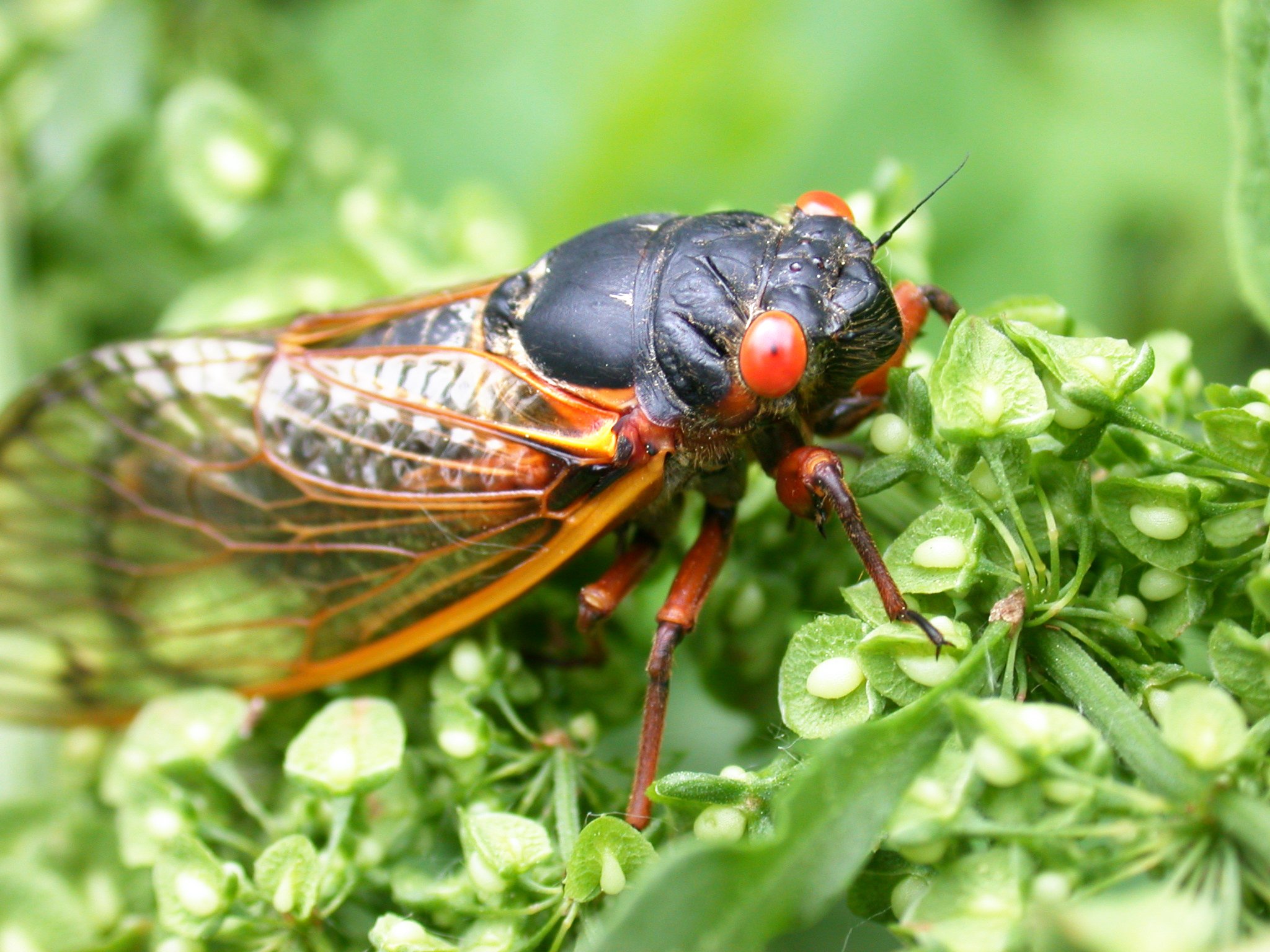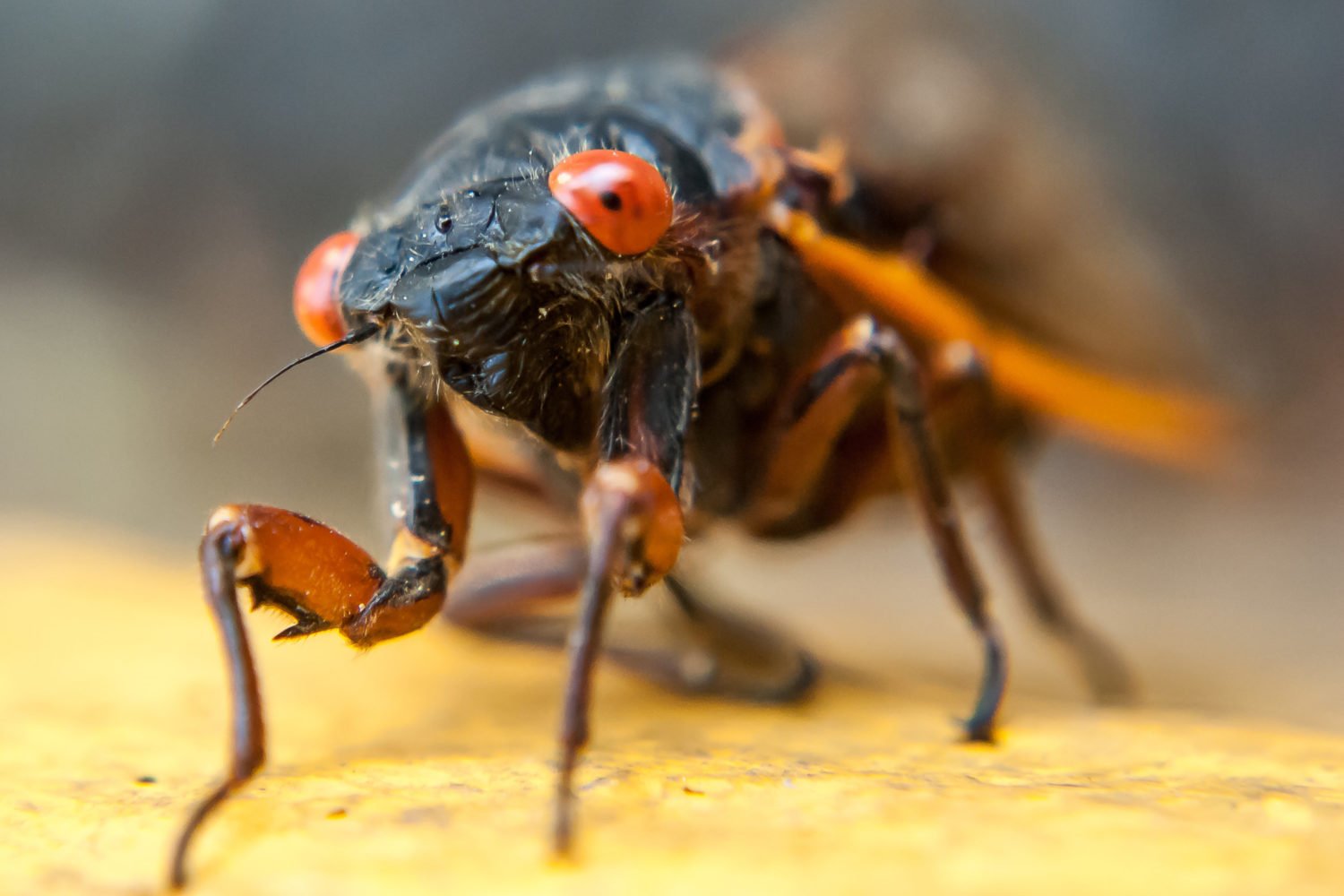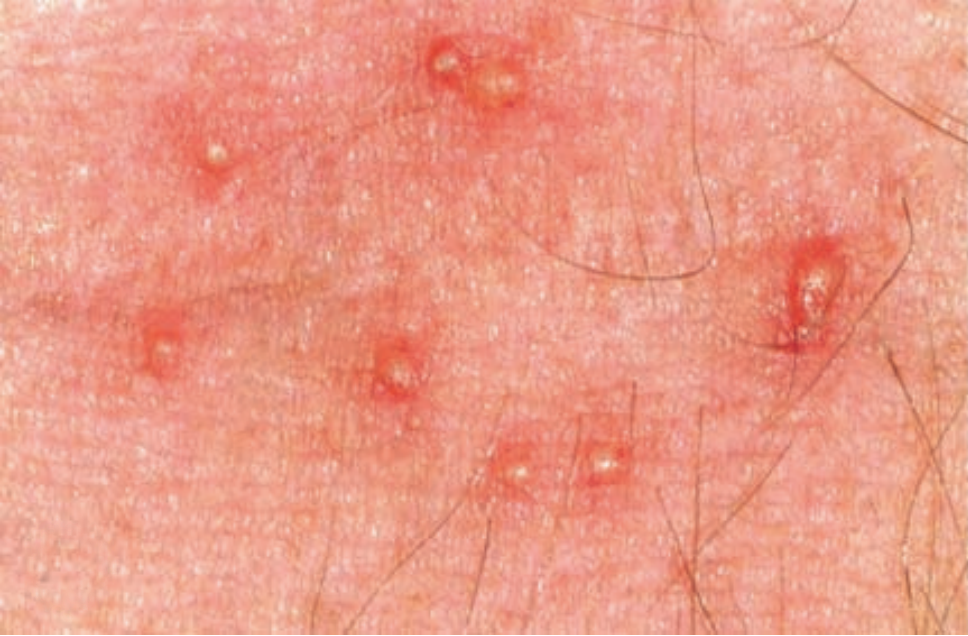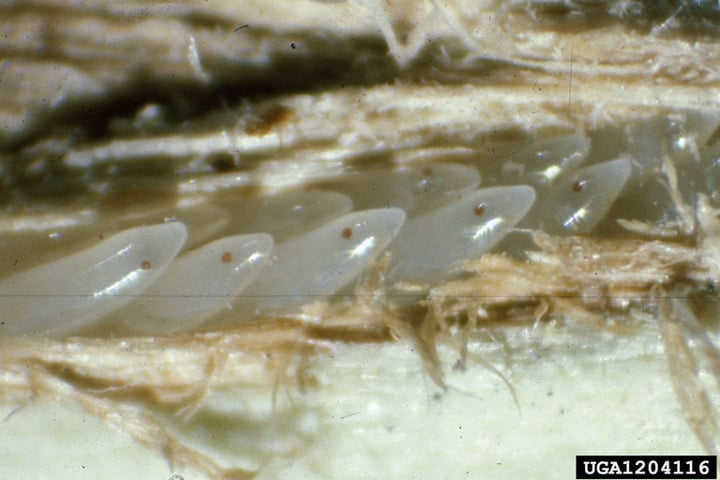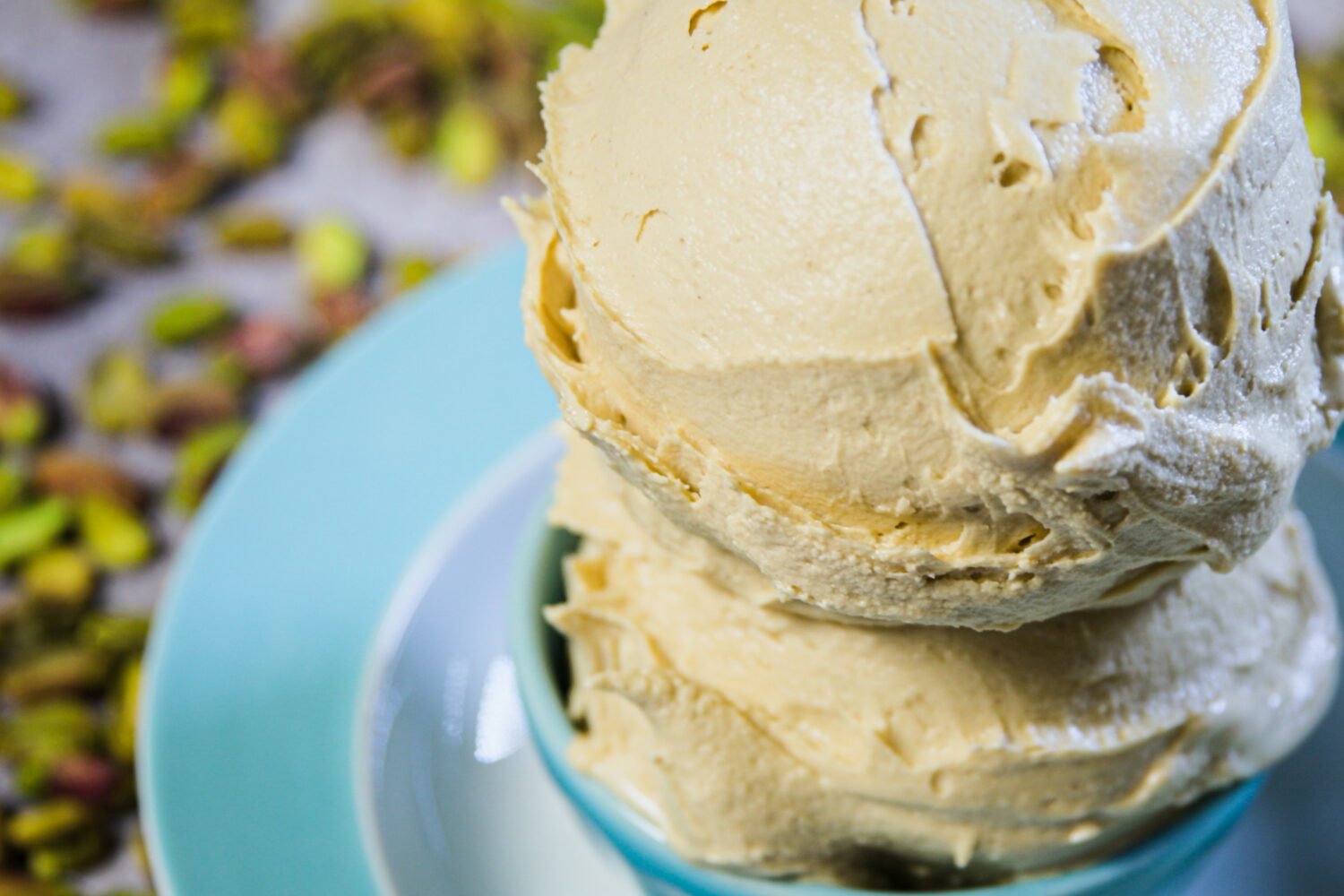The last time a massive swarm of cicadas emerged in Washington 17 years ago, University of Maryland graduate school student Jenna Jadin published Cicada-Licious: Cooking and Enjoying Periodical Cicadas. The cookbook breaks down the best ways to prepare the insects, and nearly two decades later, it’s still popular among cicada enthusiasts—especially during peak season, which could begin in DC as soon next week.
“It was largely written as a joke. I had a lot of extra space in my head, so I thought I’ll put this cookbook together as a way to do something that hasn’t been done before,” Jadin says. She also wanted to demystify the insect for the masses. A lot of people fear cicadas (those red eyes and deafening noises don’t help), so she wanted to show people there was a way to appreciate them as a food source.
As Jadin was researching and writing the book in 2004, she discovered the best ways to find and prepare the cicadas—and shared her do’s and don’ts with us. For starters, young grubs are the best to eat since they haven’t developed a hard exterior yet. However, grubs can only be found when they’re coming out of the ground in the evening, so it’s necessary to be vigilant and check a yard or wooded area almost every evening after 9 or 10 PM. Once they start emerging, they’ll climb up to ground level.
Jadin says the best way to both kill and store cicadas is to freeze them (if you’re brave, pluck the legs and wings off first). If you’re really into foraging for nutrition, she says nutrient-rich adult females are your target. Males, which don’t carry eggs, are of less value. To distinguish between the two, Jadin describes how adult female cicadas have an ovipositor, which is a thin tube folded up around their bodies that’s full of eggs. Adult males are hollow in their abdomen and have tymbals (thin membranes) on their sides that produce sound.
“You also want to boil them briefly [after freezing], just to get any potential microbes off before you proceed with other forms of cooking them,” Jadin says.
When asked why she thinks her cookbook is still relevant today, Jadin says it’s likely because environmentally sustainable eating habits have become a popular way to combat climate change.
“[Cicadas] have much less ammonia and methane emissions than any other kind of animal agriculture product,” she says.
Today, Jadin is based in Marseilles, France, and has worked as a climate change advisor for various United Nations agencies like the Food and Agriculture Organization and has lived in countries like Afghanistan and Indonesia. She says that writing the Cicada-Licious cookbook propelled her into the career she has now.
“Writing the cookbook was my first venture into communicating about science and bridging that gap between public and science.”
You can download Jadin’s free cookbook here. And if you’re looking for a good locavore recipe, Jadin’s Old Bay spiced cicadas are a good place to start.
Maryland Cicadas
Yield: 8 servings
1/2 cup Old Bay seasoning
2 tablespoons salt
4 quarts water
1 (12 fluid ounce) can beer (optional)
8 red potatoes, quartered
2 large sweet onions, cut in wedges
2 pounds lean smoked sausage, cut in 2-inch lengths
8 ears fresh corn, broken in half
4 pounds large cicadas
Directions:
1. In an 8-quart pot, bring Old Bay, salt, water and beer to a boil. Add potatoes and onions; cook over high heat for 8 minutes.
2. Add smoked sausage to potatoes and onions; continue to cook on high for 5 minutes. Add corn to pot; continue to boil for 7 minutes. Add cicadas, cook for 5 minutes.
3. Drain cooking liquid. Pour contents of pot into several large bowls, shallow pails, or mound on a paper-covered picnic table. Sprinkle with additional Old Bay if desired.

